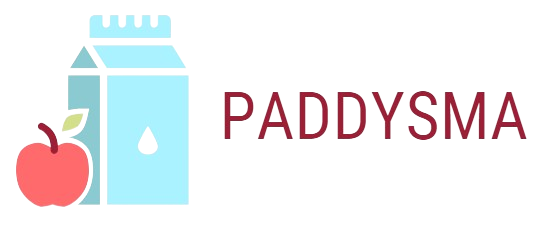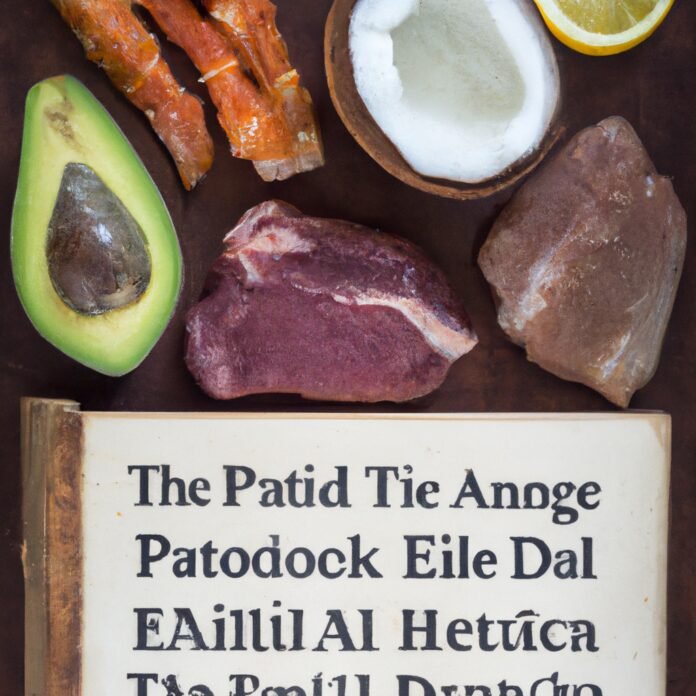For hundreds of thousands of years, humans have roamed the earth in pursuit of food. Times have changed and diets have evolved, but the Paleo Diet takes us back to the basics of eating well. It is about consuming the same simple, whole foods that our ancestors used to consume for health and longevity. Let’s learn more about this popular, contemporary approach to food and nutrition and its potential health benefits.
1. Unlocking the Power of the Paleo Diet
- Grass-Fed and Wild-Caught Foods – Eating grass-fed beef, wild-caught fish, grass-fed butter, and pasture-raised chickens and eggs forms the basis of many a Paleo dieter’s plate. In fact, on Paleo, you can eat virtually any animal that’s harvested in a sustainable manner. The point is to stick to high-quality proteins that are rich in Omega-3 fatty acids, vitamin E and many other essential nutrients.
- Fruit and Vegetables – Eating fruits and vegetables are essential to any healthy diet, and they form the key component of a Paleo-, or Primal-focused plan. Eating enough fruits and veggies helps provide the body with an abundance of vitamins, minerals, antioxidants and fiber. Aim for five plus servings every day.
- Healthy Fats and Oils – Fat has been unfairly demonized in the past. Healthy fats are essential on a Paleo diet, especially when it comes to choosing sources of omega-3 lipids. Cold-pressed olive oil, coconut oil, avocados, macadamia nuts, hemp seeds, flaxseeds and walnuts are all great sources of healthy fat.
- Nuts, Seeds, and Legumes – Nuts, seeds, and legumes can be a tricky one on Paleo. While they are technically allowed, some people suffer digestive discomfort because of their high phytate content, which can interfere with mineral absorption. If you choose to consume nuts and seeds, opt for those that are soaked and sprouted first.
- Herbs and Spices – Herbs and spices are not only excellent for flavoring up your meals but also full of antioxidants and medicinal properties. Salad dressings, smoothies, stews, curries, soups and more can benefit from a flavorful twist. Sage, rosemary, thyme, oregano, cinnamon and cumin are just some of the flavorful possibilities.
Adopting the Paleo diet can provide a multitude of health benefits, from improved digestion and increased energy levels to stronger bones and a healthier heart. The diet focuses largely on unprocessed, nutrient-dense, whole foods, such as fruits, vegetables, lean proteins, and healthy fats. To get full value from the Paleo diet, it’s important to understand the basics of Paleo nutrition so that you can make sure you’re getting the most out of your meal plan.
2. Eating Habits of our Ancient Ancestors
Our ancient ancestors had unique eating habits, some of which are still seen in modern-day diets. In order to understand the efficiency of their dietary approaches, it’s important to look at the resources they had access to and how they used them.
Primarily, ancient humans would rely on foraging, namely sourcing plants and animals native to their regions. Where climates permitted, they would engage in farming. Whatever could be found in the wild would be a major source of protein, but plants similar to grains, legumes, and vegetables are also essential. Early humans would utilize every significant nutrient available – from seed husks to roots, to nuts, to fruits – and had a varied diet of roughly 200 edible plants.
Hunting also played a key role in the diet of our ancient ancestors. This would usually be done for meat but tools such as arrowheads and spears were also used to catch animals which could provide hides and fur for clothing. Hunting, in combination with the gathering of plants, would provide a well-rounded diet with all essential vitamins and nutrients.
To put it simply, our ancient ancestors ate what was available, having an awareness of the beneficial properties of particular food groups. It is remarkable how they managed to stay so healthy when nature provided little even in their fairly abundant food surroundings.
3. The Benefits and Drawbacks of Primal Eating
Primal eating is a diet based on whole, natural foods with an emphasis on satisfying hunger and promoting health. It’s an approach to eating that brings us back to the way humans ate before the arrival of processed, highly refined food products and modern industry.
- The Benefits
The main benefit of primal eating is that it focuses on unprocessed, natural food sources. By returning to a more natural way of eating, it then follows that it is better for our health. Eating whole, unprocessed, nutrient-dense foods ensures that our bodies are getting the nutrition it needs to function properly. Added benefits include higher energy, improved digestion and mental clarity.
Furthermore, another plus point of exactly what primal eating entails is that it helps to keep the environmental impact of our diets to a minimum. With a return to sourcing local, organic produce, it means that less distance and energy is expended on getting the food to us.
- The Drawbacks
For those already following a vegetarian or vegan diet, primal eating may not be suitable as many foods that are eaten on a primal diet come from an animal source. It is important to note that if you are a total vegetarian, a vegan, or have any other restrictions, it will be difficult to make the primal diet fit into those.
For some, primal eating can also be time consuming, especially in comparison to the convenience of processed foods. Additionally, primal eating can be costly as some ingredients and food items may be harder to find, or have a higher price tag.
4. Mitigating Modern Health Issues With Paleo
Today’s modern living can put considerable strain on our bodies. Many of us have become more accustomed to quick and convenient solutions for our everyday needs, leading to poor eating habits, sedentary lifestyles, and unending stress. While it’s important to understand the causes and consequences of these behaviors, it’s arguably more important to look for ways to heal and prevent further damage. One popular method is the Paleo diet.
The Paleo diet has emergence from the need for humans to consume foods that our bodies were designed to digest. Proponents of the diet argue that modern methods of food processing and production have wreaked havoc on our collective health. By tracing back to a primitive diet, Paleo believers hope to find a combination of foods that provide us with the nutrients and vitamins our bodies need for optimum health.
Adopting the Paleo diet can help to alleviate a number of common ailments that arise from our modern lifestyle, such as:
- Excess weight
- Insomnia
- Depression
- Headaches
- Fatigue
The diet recommends eating organic, whole foods, such as fruits, vegetables, nuts, and seeds, and limiting processed sugar and refined carbohydrates. Eating these fresh, wholesome, minimally processed ingredients on a consistent basis can have a staggering, positive impact on your body. Incorporating more physical activity and reducing stress levels can also result in improved mental and physical well-being.
5. Achieving Optimal Health Through Ancestral Eating
Eating the foods our ancestors ate can be a great way to achieve optimal health. By reverting back to a time before processed and pre-packaged food, people have found that they can better regulate their diet, reduce inflammation, and enjoy overall better health. Here are five ways ancestral eating can help you achieve better health:
- Access to More Nutritious Whole Foods: Whole and unprocessed foods are incredibly nutrient-dense and allow us to consume foods high in vitamins, minerals and other important nutrients. These foods are not found in the modern food system and must be gathered from sources like farmers markets, natural food stores, and even foragers.
- Avoiding Unhealthy Ingredients: Unprocessed, ancestral foods do not contain unhealthy additives like preservatives, trans fats, artificial flavorings, and sugar. By avoiding these substances, people can significantly reduce their risk of developing chronic illnesses such as hypertension, diabetes, and even cancer.
- Improved Digestion and Gut Health: Unprocessed, ancestral foods are easier to digest and are full of probiotics and prebiotics that support gut health and the microbiome. Eating these types of foods helps to encourage the production of beneficial bacteria in the gut, which in turn can help to regulate digestion and reduce inflammation.
- More Sustainable and Environmentally-Friendly: Ancestral eating includes foods that are more sustainably-sourced and environmentally-friendly, such as wild-caught fish, grass-fed meats, and seasonal, local produce. By participating in these practices, we can help support local farmers, reduce our carbon footprint, and create a healthier and more sustainable food system.
- Mental Well-Being: In addition to physical health benefits, ancestral eating can also improve mental health. Studies have shown that traditional diets are associated with improved cognitive function, lower risk of depression, and better overall mental well-being.
By implementing an ancestral diet, we can get the essential nutrients we need, reduce inflammation, and improve our mental and physical well-being. With its focus on whole foods and the avoidance of unhealthy additives, an ancestral diet is the perfect way to achieve optimal health.
The Paleo diet is all about reversing modern dietary habits to benefit our health – allowing us to look back to our ancestors for nutritional guidance. From the sources of protein to the health benefits it provides, using the Paleo Diet to inform our meals could do wonders for our health in the modern world. As with any dietary change, it’s important to talk to a doctor before beginning, but the potential benefits that a Paleo Diet offer are worth exploring. Here’s to eating like our ancestors!


